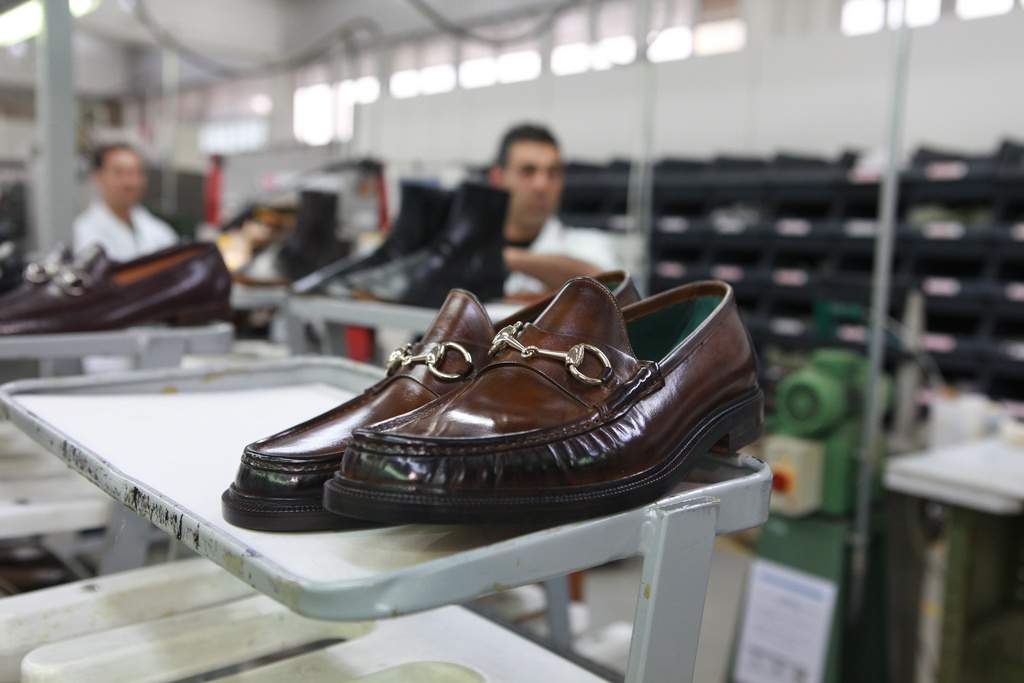As footwear prices continue to hike, you probably got yourself wondering how much it costs to make a Gucci shoe, and perhaps, how much is the brand profiting off of their footwear line up. Thankfully, several reviews have unleashed a detailed analysis of these statistics so that buyers can be aware of the brand mark up. With a view to product pricing, various things need to be considered:
Material cost
The type of material employed in the product itself may have varying prices. Gucci may use certain top quality fabrics, which are in lower supply, than those used by most standard brands in the same industry.
Labor cost
Gucci boasts manufacturing their product in Italy, and they often use no-standard cuts of raw materials. This, in turn, leads to a higher labor cost, considering that Italy features more stern labour laws and ethical standards.
That could suggest higher minimum wages and lower working time that employers would agree to, compared to China, Pakistan, and Sri Lanka, for instance. Speaking of high-quality build material, custom capital, and machinery is much of a necessity for this to be achieved. This only makes the product much pricey.
Also Read: How Much Does It Cost To Make Vans Shoes?
Manufacturing overheads
The cost of purchasing/renting a land or factory building in Italy, for that matter, would be notably more costly than simply getting a Chinese factory to execute the production.
Gucci prides themselves in manufacturing their products in Italy, where they use it as both a marketing standard as well as justification for their price.
These factors add up to a significantly higher cost of goods, with higher prices in order to offset the production cost and maintain gross profit.
Gucci Exclusivity
Designer shoes or high-end trendy shoes are mostly created for people who are well in a luxurious lifestyle. It’s not so uncommon to see some branded products designed with top quality select materials, most of them stuffed with bling bling, pearls, crystals, and perfumed fabrics.
Not to mention that some like Gucci are handmade, crafted from genuine leather, though prices vary based on design and style of the model.
Sewing materials on Gucci shoes involves a lot of attention and hard work, which is the reason why the brand and other Alta Moda shoes charge thousands of $. We can also admit that Gucci shoes are meant to be lightweight and will cause little-to-no stress on your feet, even after a prolonged period of walking.
Most of the value-priced brands, like Gucci, are subjected to scientifically studied designs and techniques. They utilize the most premium raw material, the best quality equipment, the best business strategies and the most competent experts as human resources during manufacturing. They are also very proficient when it comes to packaging, storage, and marketing at the best highest value.
Another most salient factor about Gucci shoes is their strategy compared to other standard companies. Gucci is contingent on both exceptional quality and exclusivity.
People spend on Gucci products just because most other people can’t. Perhaps this is one of the most prominent things that keep Gucci demand and exceptionality untapped.
For instance, if Gucci lowered their prices, their demand would decrease to an extreme extent, leading to a supplier surplus.
The product prices would then drop further creating a new equilibrium of lowered prices and contracted demand. This would be due to the fact without prestige and exclusivity, there would be indifferent preferences among consumers, and there would be no exceptionality to foster popularity.
Contrary, most standard brands are reliant on more reasonable prices to make themselves competitive and worn brands. They achieve popularity by producing good quality goods that almost everyone can add to their closet.
Note that every quality aspect stated is part of the expense that needs to be recovered, which is why their final product price (exclusive of mark-up or margin) comes in at a very high end. On the bright side, the product will last for a good time due to the guaranteed quality.
In fact, it will be more of a lifetime companion rather than just a footwear item.
Some premium branded models are made to last
The cost involved in manufacturing the shoes seems to be negligible in comparison to the marketing cost. Luxury products can and often do utilize luxury materials which can elevate the price or perceived value. Although not always, the same case applies to Gucci.
Gucci products boast very high quality, which is well worth it. Some Gucci shoes, for instance, will last decades of regular wear. That said, it’s always best to check the construction of the shoe, particularly the upper section and other points of connection.
Gucci loafers and other dressier footwear are considered to be among the best in the industry, both in terms of build quality and design. Perhaps the only way to ruin a pair of Gucci is through irreparable damage or tear.
The leather upper is notably very tough to do, and the outsoles are replaceable, maybe at a fraction of the initial product cost. The most part of Gucci shoes is derived from some of the world’s top-notch quality leather. Stitched uppers, Blake or Goodyear welt outsoles, excellent design are some of the various cost influencers in Gucci shoe line up.
Bottom Line
Ultimately, whether Gucci shoes are worth the price in comparison to models from other brands depends on other factors such as how much you like them, how much income you have at your disposal, your taste, etc. Other factors that affect the price include the cost of having prominent creative directors like Tom Ford of Gucci. While they’re not part of production cost, their impact on prices is recognizable, just like the stated labor cost. Moreover, everything from insurance, shipping, and customs fees will also affect the price of the product. Not to forget that retailers purchase these shoes at just about half the price.

